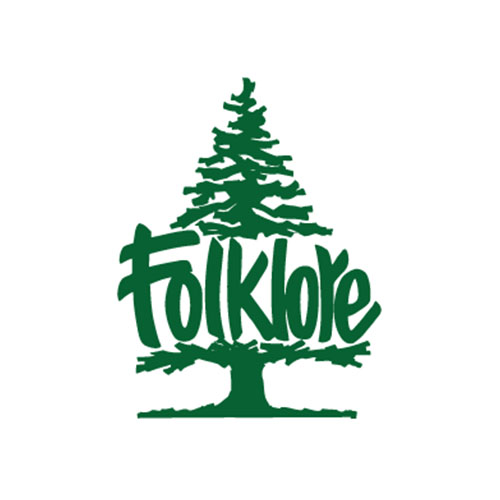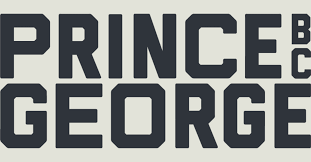Ringette is played on an arena ice surface, but any similarity to hockey ends there. More akin to basketball, soccer or lacrosse in manner of play, ringette is a fast, strategic team sport with a style all its own.
We play with a ring and a straight stick.
The ring is hollow and made of rubber. Sticks are not recycled hockey sticks. Companies produce sticks with tapered ends with steel, aluminum or plastic tips. Different styles, flex and weight are available.
We play 5 on 5 + goalkeepers.
Teams are usually made up of 11 to 17 players, with six skaters on the ice at the same time (a goalie, two defense, a centre and two forwards).
We pass the ring at every blue line.
A player cannot carry the ring over a blue line in either direction. The ring must be passed over the blue line to another teammate. There are no offsides in ringette, so teammates are permitted to skate ahead of the ring carrier and cross the blue line ahead of the ring. The ring cannot be passed across two blue lines without first making contact with a skater in the centre zone.
We never enter the goalkeeper’s crease.
If the ring lands in, on, or touching the crease, the only player who can play it is the goalkeeper. The goalkeeper usually picks up the ring and throws it to a teammate. The goalie has five seconds to move the ring out of the crease.
We start play with a free pass.
We start each game and re-start play after goals, violations and other stoppages with a free pass in one of the five free pass circles (known in hockey as the face-off circles). One player enters her team’s half of the circle and takes possession of the ring on the whistle, then has five seconds to shoot or pass the ring out of the circle. No other players are allowed in the free pass circle during the five second count.
We have 30 seconds to take a shot on net.
In higher divisions and levels of play, teams have 30 seconds to take a shot on goal after they gain possession of the ring. If time runs out a buzzer sounds and the other team is awarded the ring. A shot clock at each end of the rink keeps track of this time.
We play 3 on 3 in the offensive/defensive zones.
You will notice the free play lines (thin red line at the top of the free pass circles) on the ice. From this line to the end boards, at either end of the ice, it’s a game of 3 on 3. Players can rotate in and out of the free play zones, producing a lot of movement and creativity.
We play two 15-20 minute halves in a one-hour game time slot.
Half-length depends on the age division and level of play. We play stopped time (the game clock stops when play stops). If ice time is running short, the referee may decide to switch the game clock to running time.
We wear protective equipment.
Players wear a neck guard, elbow, knee, and shin pads, and equipment that provides hip and tailbone protection. Helmets with a full face mask are mandatory. The masks must have triangular or tight horizontal bars to prevent a stick from penetrating.
We don’t body check.
Ringette promotes a no-contact policy when it comes to the physical aspect of its game. Penalties are given when a player makes excessive body contact with another player, checks a player too high on the stick, or trips, hits or interferes with another player.
We use different rink markings.
As described above, the blue lines, goal creases, free pass circles and free play lines are very important in ringette. Visit our rink markings page for a diagram of (and more information about) these markings.
Further details and explanation of these rules can be found in Ringette Canada’s Official Rule Book, available through PG Ringette or the BC Ringette Association.
Here is a document showing the different officiating signals Officiating Signals
Quesnel Ringette has also published an excellent document titled Simplified Rules of Ringette.
How to run the shot clock


















